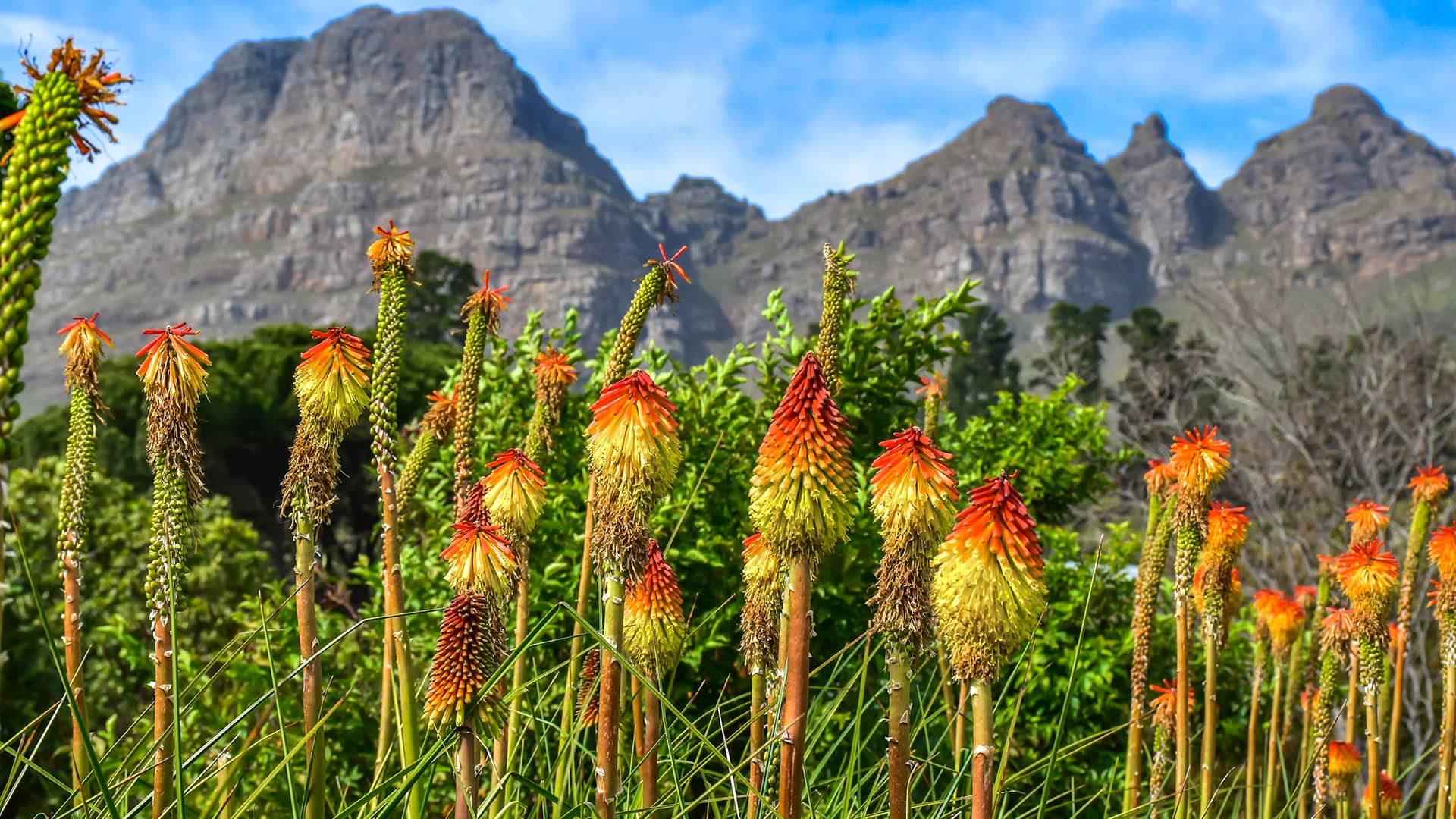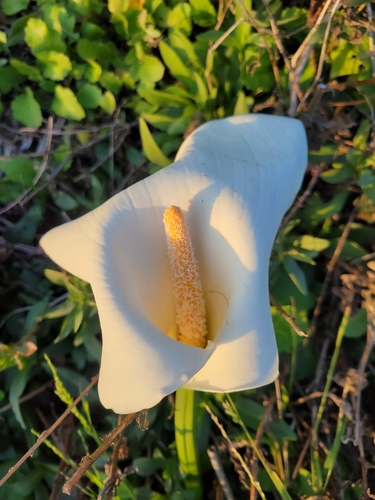South Africa's monocot magic: a world of vibrant lilies, strelitzia's and wild grasses
Monocots
5.200+
species in South Africa
70.000
species worldwide
398
least concern
9
near threatened
29
vulnerable
13
endangered
6
critically endangered
Monocots are a large class of flowering plants, characterized by their single embryonic leaf, which sets them apart from their dicot (two embryonic leaves) counterparts. A very large portion of this class is covered by the two orders Poales (grasses, sedges, cattails and allies) and Asparagales (agaves, orchids, irises and allies).


One of the defining plant families of Fynbos is the Restios (Restionaceae). They have green photosynthetic stems, leaves that have been reduced to sheaths and very small flowers. By far, the vast majority of these species can be found in the Cape Floral Kingdom.
With a plethora of herbivores and big grazers in the country, there needs to be a lot of food for them to graze on. One of those food sources is grass and South Africa has a lot of them, space and species-wise. A large part of the country is covered by the Grassland and Savanna biomes in which grass is found or is even the dominant vegetation. Although there is only one family that can call itself grass (Poaceae), commonly speaking the families of rushes and sedges are also referred to as grass. When combining these families, South Africa has some 800 different (observed) species.
Some noteworthy species within this class are the Candelabra Aloe, Quiver Tree, Poison-Bulb, Candelabra Lily, Granny Kappie, Flame Lily and the Strelitzias.
















































































